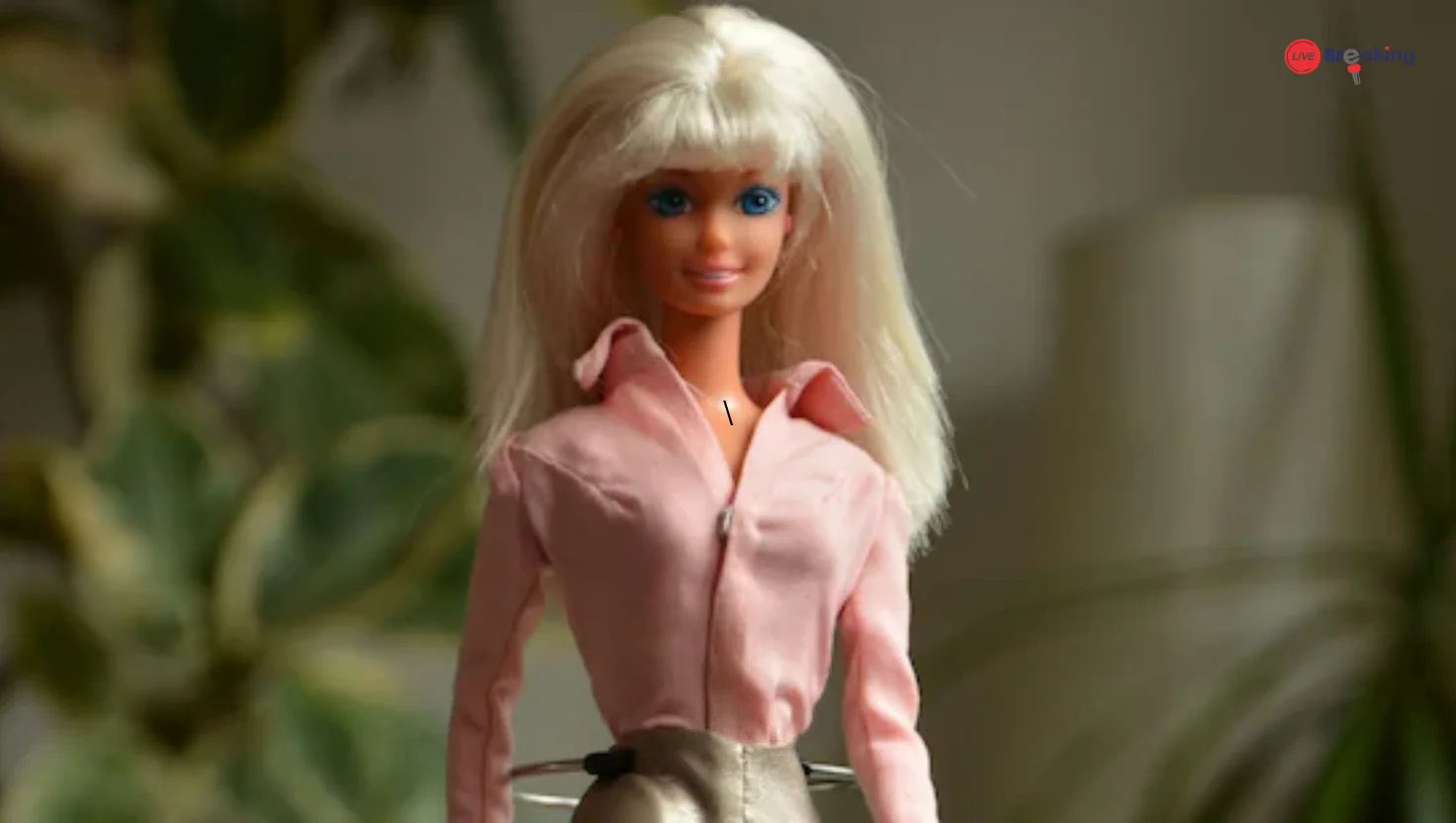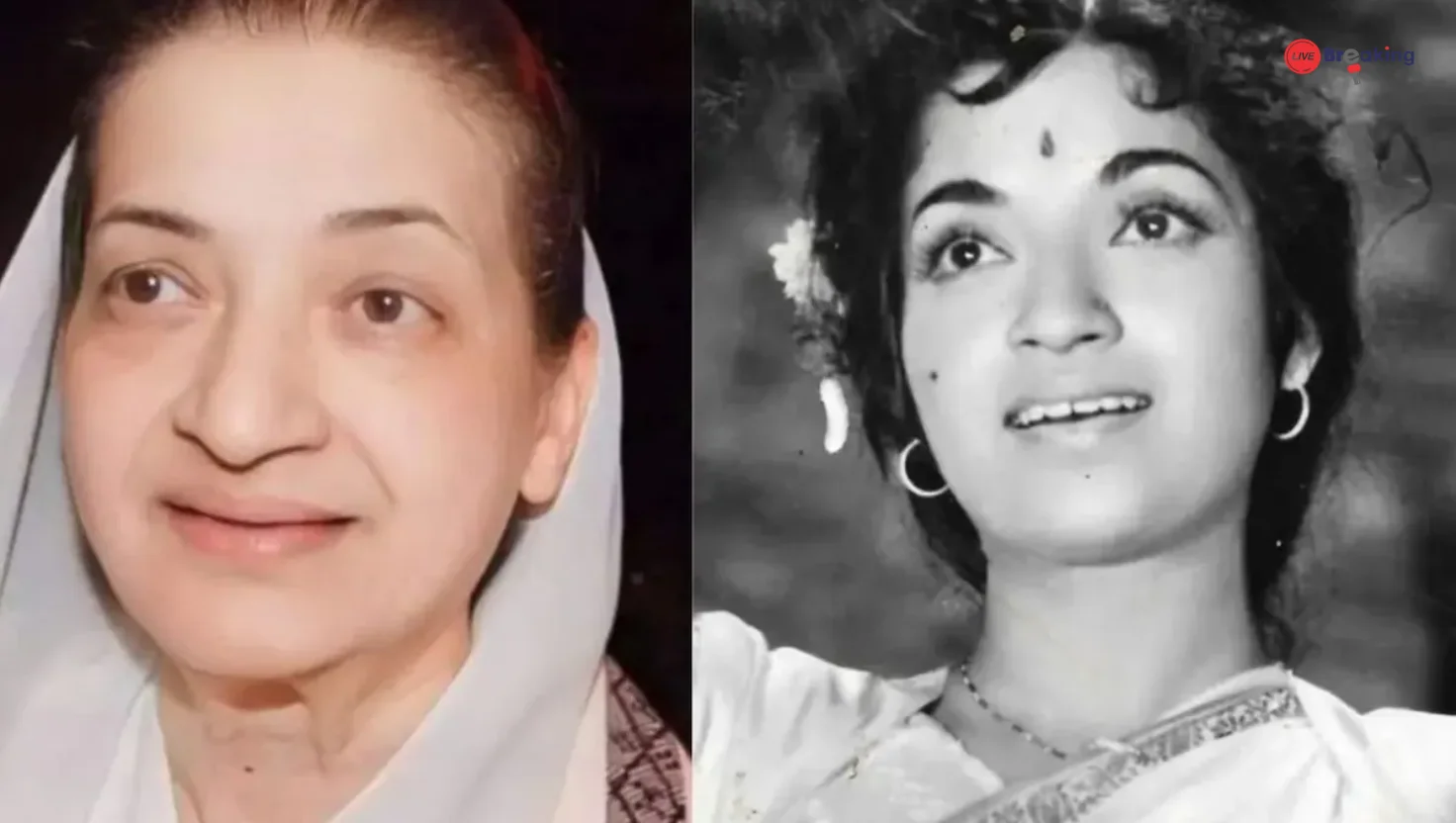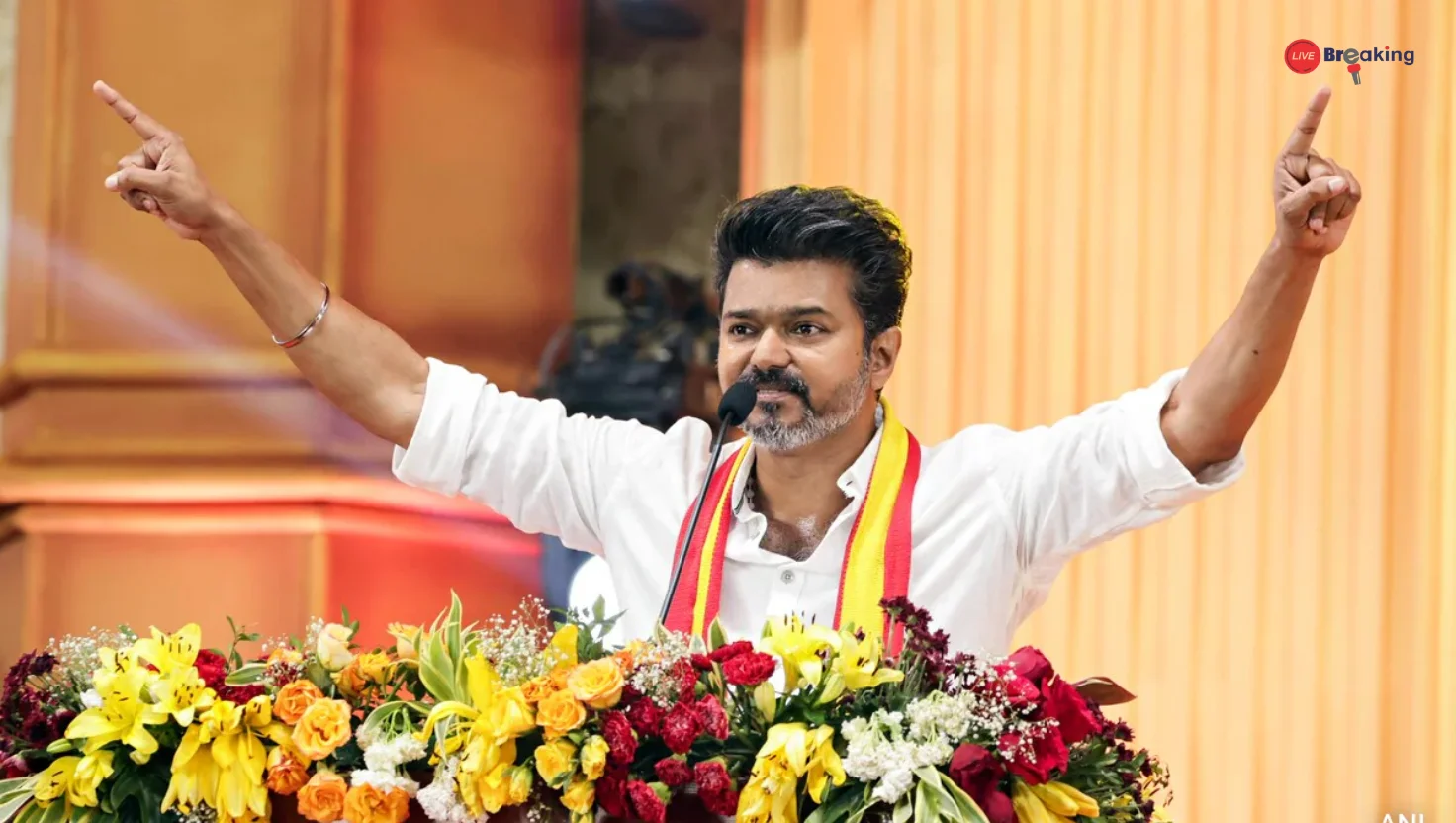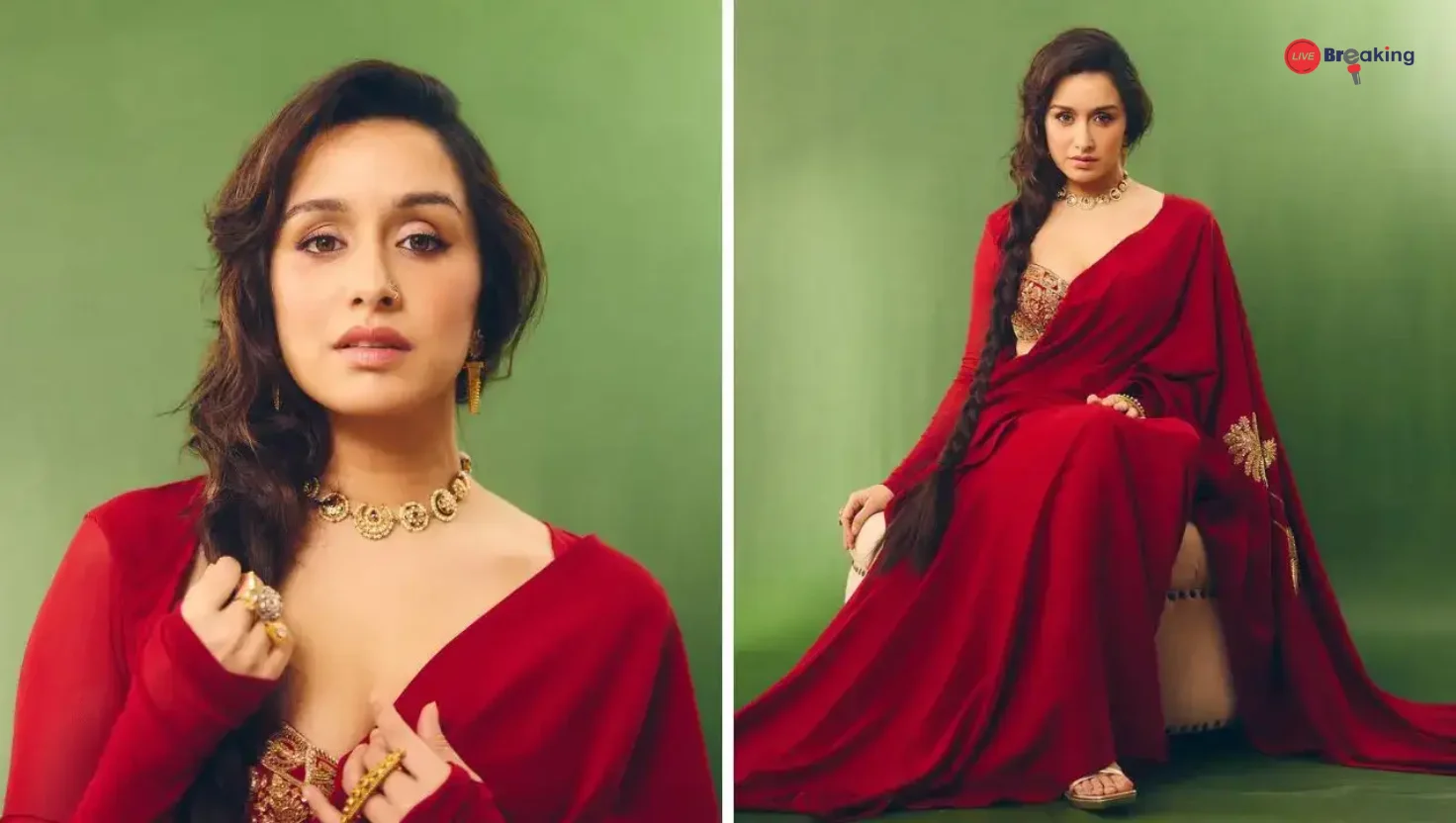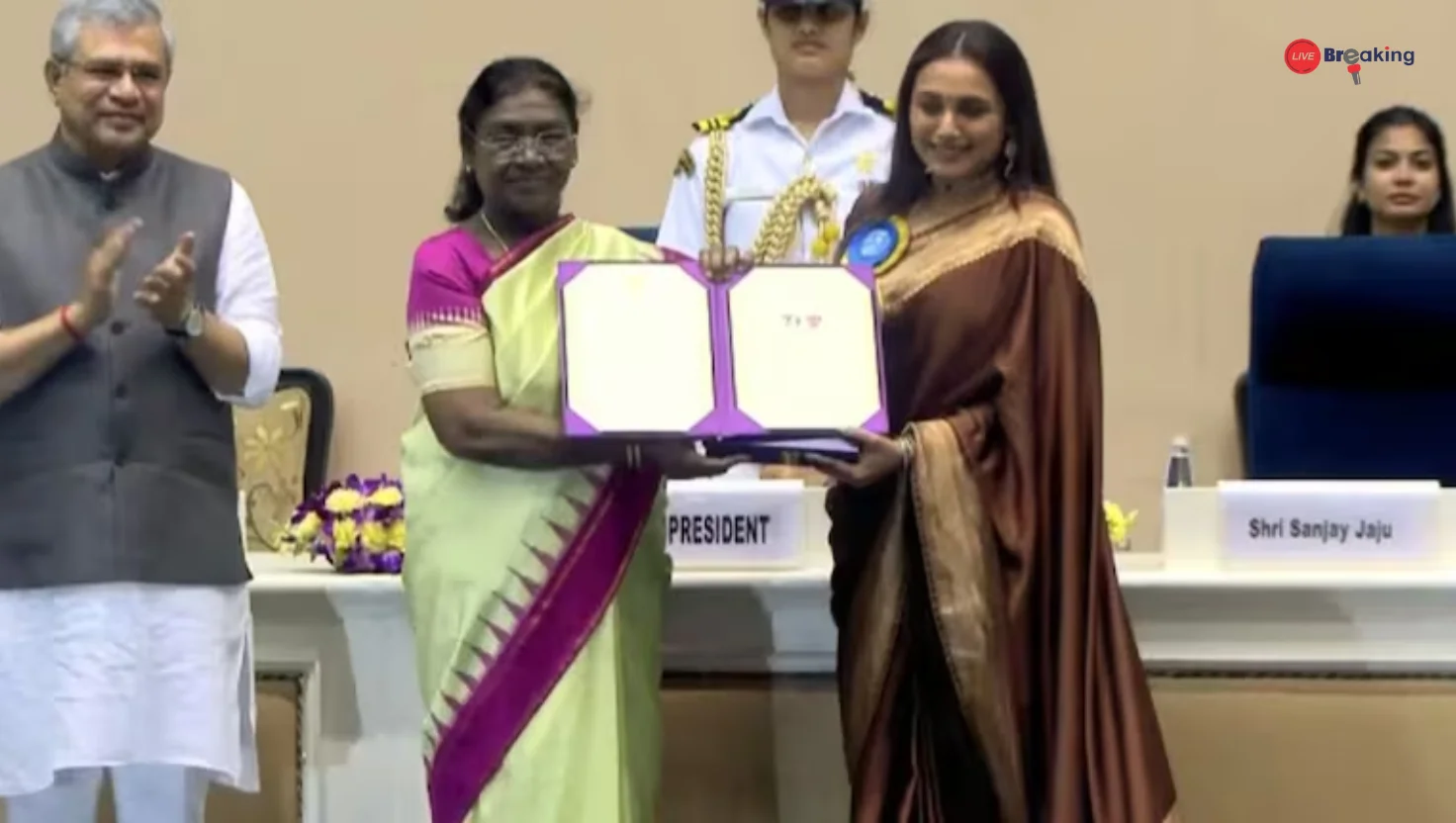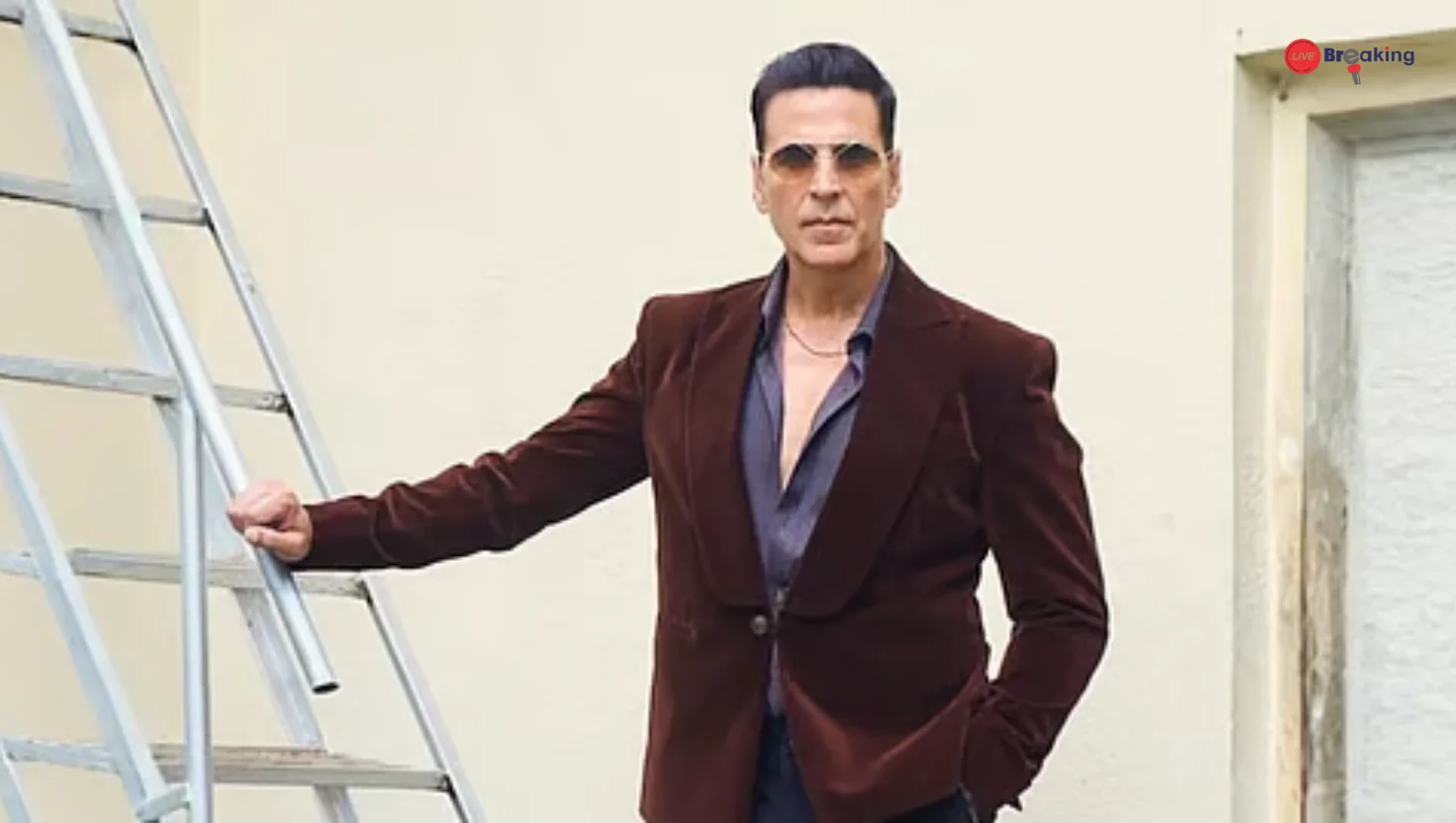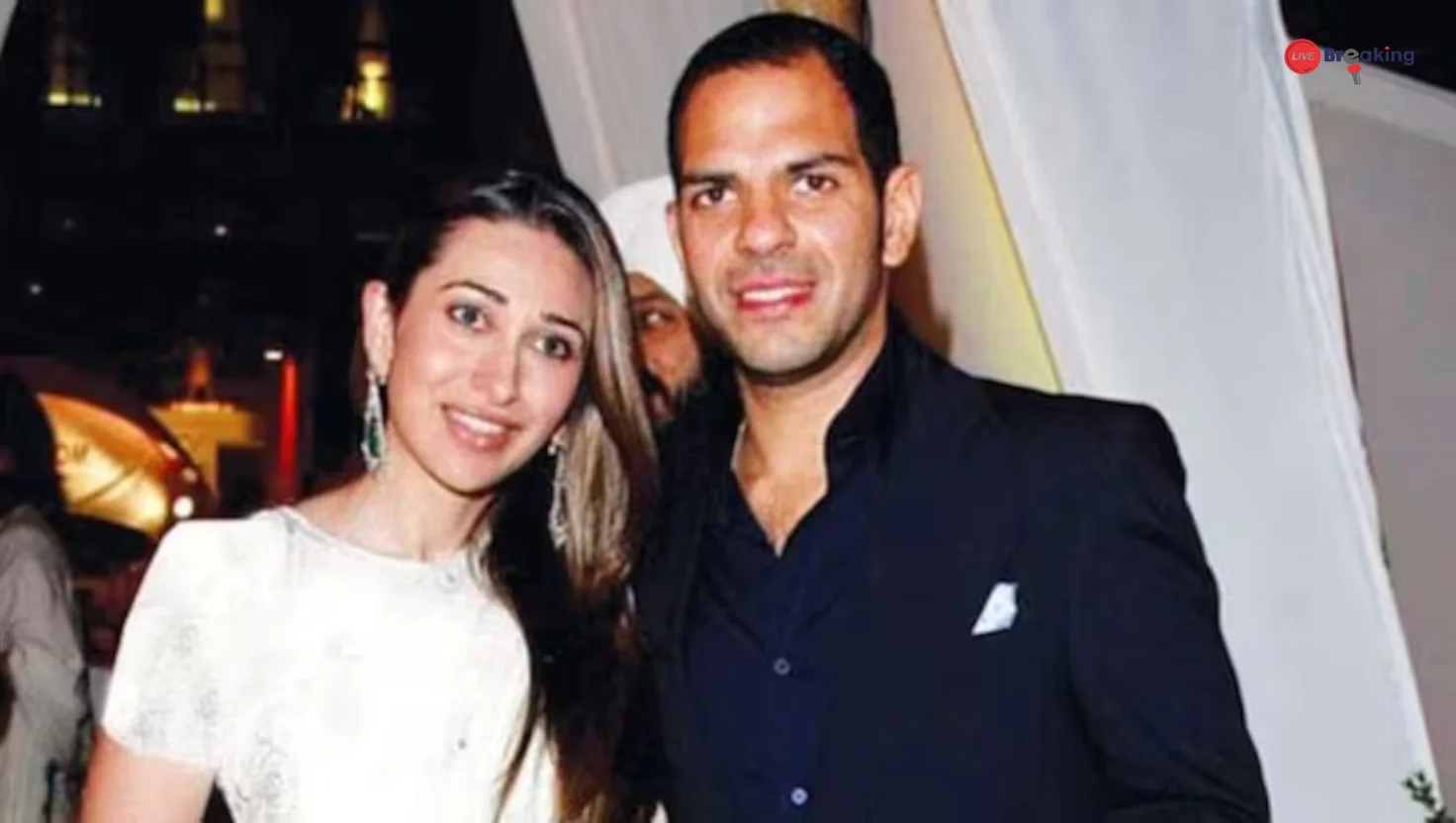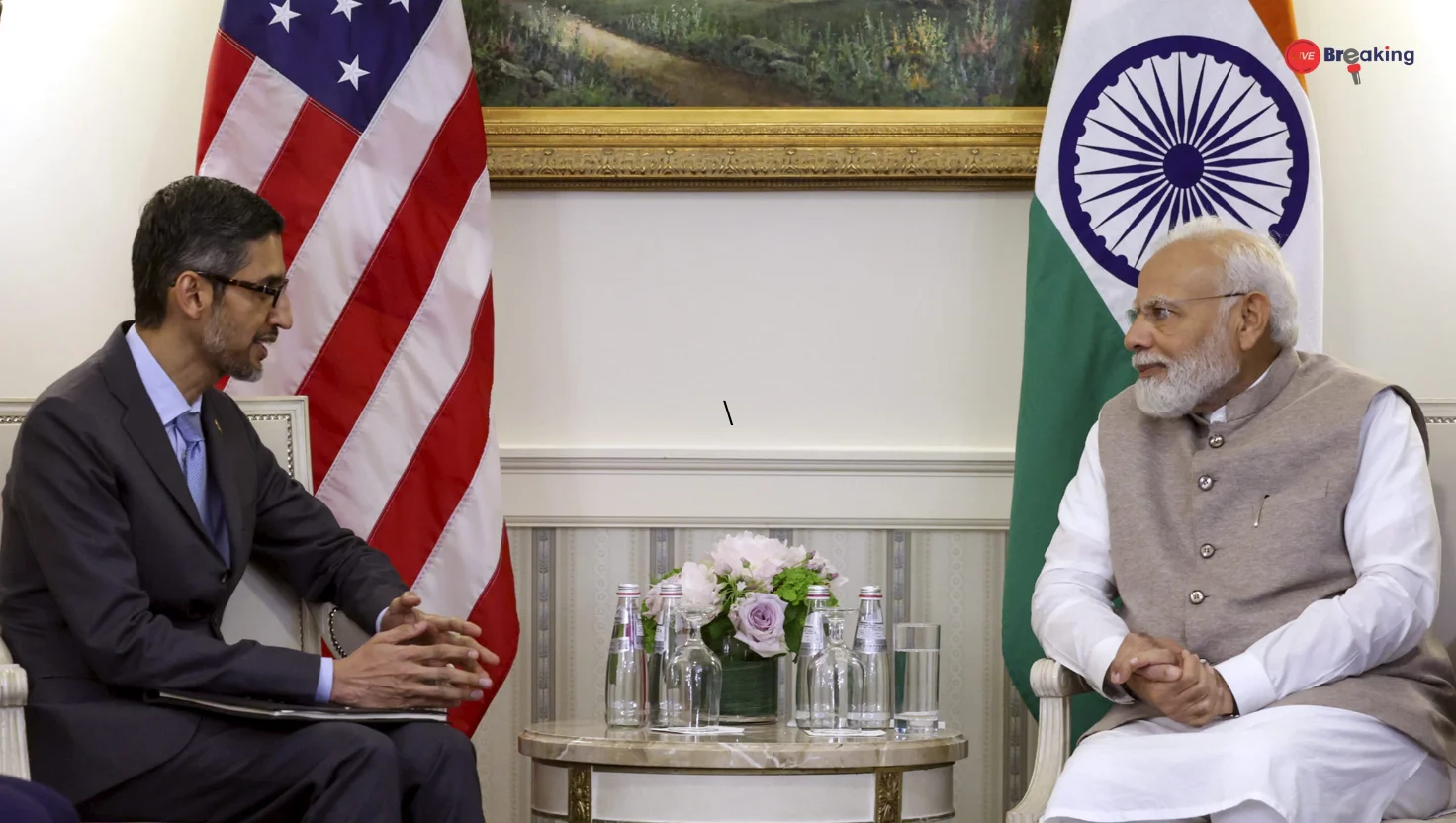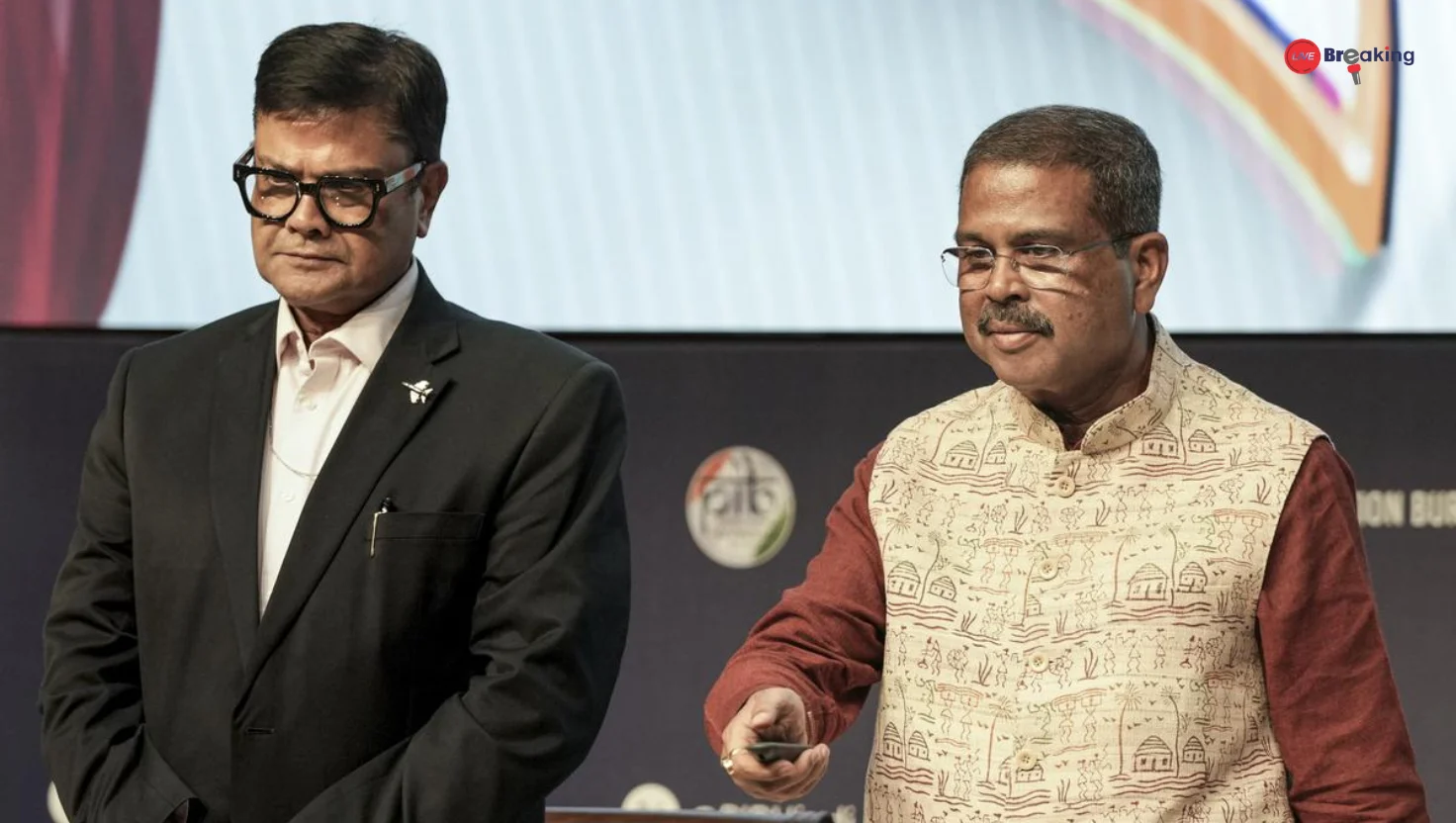A New Plastic Surgery Gives People A ‘Barbie Waist’… By Removing Their Ribs
A new cosmetic trend has taken the beauty world by storm — and controversy. Dubbed the “Barbie Waist” surgery, the procedure promises an impossibly tiny waistline by permanently removing a person’s lower ribs. While it has gained traction among extreme body modification enthusiasts and influencers chasing the hourglass figure, experts warn that the trend poses serious health risks and reflects growing societal pressures to achieve unrealistic beauty ideals.
The “Barbie Waist” look, inspired by the iconic doll’s exaggerated proportions, has been glamorized on social media platforms where influencers flaunt dramatically cinched figures. But behind the glossy posts and viral videos lies a complex debate about body image, medical ethics, and the dangers of chasing perfection through surgery.
What Is the “Barbie Waist” Surgery?
The procedure involves the surgical removal of a patient’s lower ribs — typically the 11th and 12th pairs — to create a narrower torso and a more pronounced hourglass shape. Surgeons performing this controversial operation claim that it helps achieve a permanently slimmer waistline without the use of corsets or waist trainers.
While rib removal surgeries have existed for decades, they were once considered fringe procedures, reserved for reconstructive or medical purposes. The recent revival of the operation under the “Barbie Waist” label has thrust it into the spotlight of mainstream cosmetic culture.
Proponents argue that it offers a permanent solution for those seeking a highly defined silhouette. However, medical professionals warn that the removal of ribs, which play a vital role in protecting internal organs, can compromise body function and long-term health.
The Rise of the Extreme Body Trend
Social media platforms like Instagram, TikTok, and X (formerly Twitter) have played a major role in popularizing this trend. Influencers and models promoting “perfect proportions” post transformation videos showing their before-and-after results, often describing the surgery as “life-changing.”
This growing fascination with extreme aesthetics coincides with the rise of hyper-feminine beauty trends — tiny waists, sculpted hips, and exaggerated curves — reminiscent of the “Barbiecore” fashion wave. The release of the Barbie movie further fueled the obsession with achieving doll-like beauty standards, giving birth to the now-viral hashtag #BarbieWaist.
Read more: Veteran Actress Sandhya Shantaram Passes Away at 94, Tributes Pour In
However, experts caution that such trends distort perceptions of natural beauty and reinforce harmful expectations. “Social media amplifies unrealistic ideals,” say aesthetic specialists. “People forget that these are filtered, curated, and often surgically enhanced realities.”
Health Risks and Ethical Concerns
Medical experts have raised alarms over the “Barbie Waist” procedure, calling it one of the riskiest forms of cosmetic surgery. The ribs protect vital organs such as the kidneys, lungs, and liver. Removing them leaves these organs vulnerable to trauma and can cause chronic pain, breathing difficulties, and posture problems.
Recovery from rib removal can also be long and painful, involving weeks of limited mobility and potential complications like infections or nerve damage. Many countries have banned elective rib removal surgeries, citing ethical and safety concerns.
Plastic surgeons also warn of psychological implications. Body dysmorphia — a mental health condition where individuals obsess over perceived flaws — often plays a role in extreme cosmetic decisions. Critics argue that offering such procedures only reinforces unhealthy self-perceptions rather than addressing the underlying issues.
Beauty, Pressure, and Perception
The “Barbie Waist” phenomenon has reignited discussions about modern beauty culture, particularly the pressures women face to conform to hyper-feminized body standards. For many, it symbolizes the darker side of digital influence — where likes, views, and validation drive people toward dangerous extremes.
Feminist commentators and body-positivity advocates argue that such procedures perpetuate the idea that a woman’s worth lies in her physical appearance. They emphasize the need for campaigns that celebrate body diversity rather than promote unattainable ideals.
Conversely, supporters of the surgery claim it represents bodily autonomy — the right to modify one’s body as a form of personal expression. For them, the “Barbie Waist” is less about conformity and more about self-empowerment, though this argument remains hotly debated.
The Line Between Choice and Risk
The rise of the “Barbie Waist” trend underscores a deeper tension between personal freedom and societal influence. While individuals should have agency over their bodies, experts emphasize that informed consent must go hand-in-hand with ethical medical practices.
Health professionals stress that cosmetic enhancement should never come at the cost of long-term safety. “Aesthetic goals can evolve, but damaged organs cannot be replaced,” one surgeon noted.
The Bottom Line
The “Barbie Waist” surgery may reflect the extreme end of the beauty spectrum, but it exposes a larger cultural dilemma — how far people are willing to go in pursuit of perfection. As technology, social media, and celebrity influence continue to blur the line between aspiration and obsession, the responsibility lies with both society and the medical community to promote balance, awareness, and safety.
Ultimately, beauty should empower, not endanger. Whether the “Barbie Waist” trend fades as a fleeting fad or persists as a controversial choice, it serves as a stark reminder that the quest for the “ideal” body often comes with irreversible costs — both physical and psychological.

